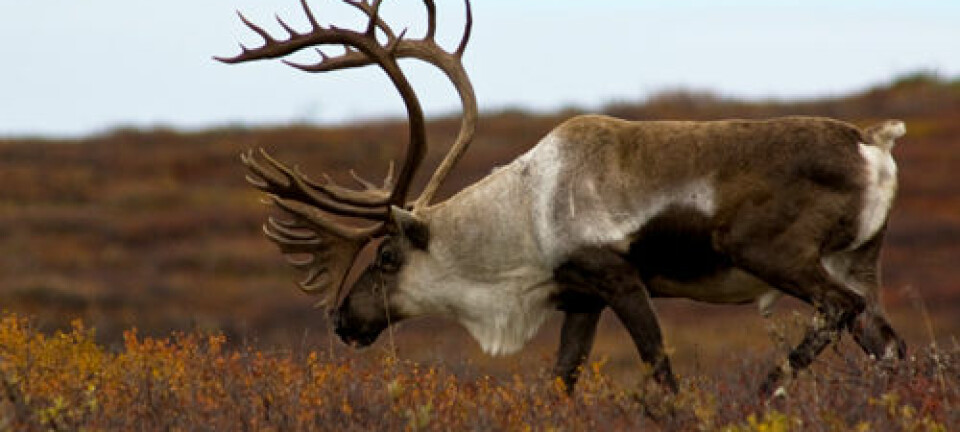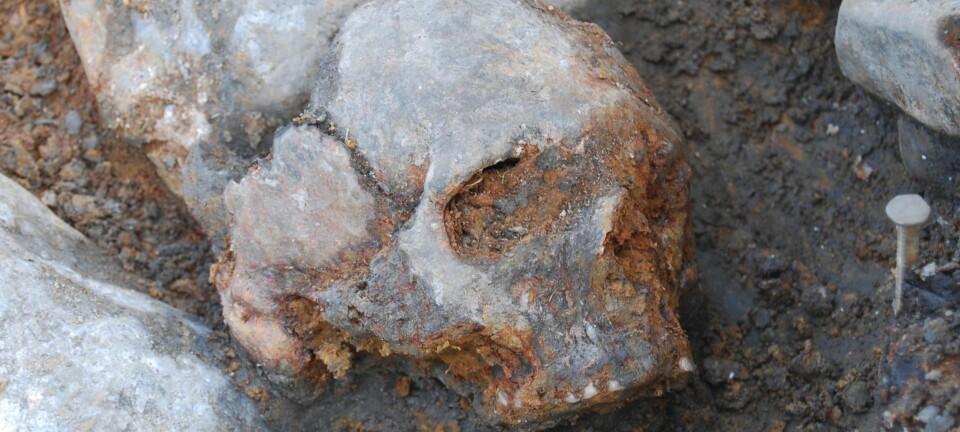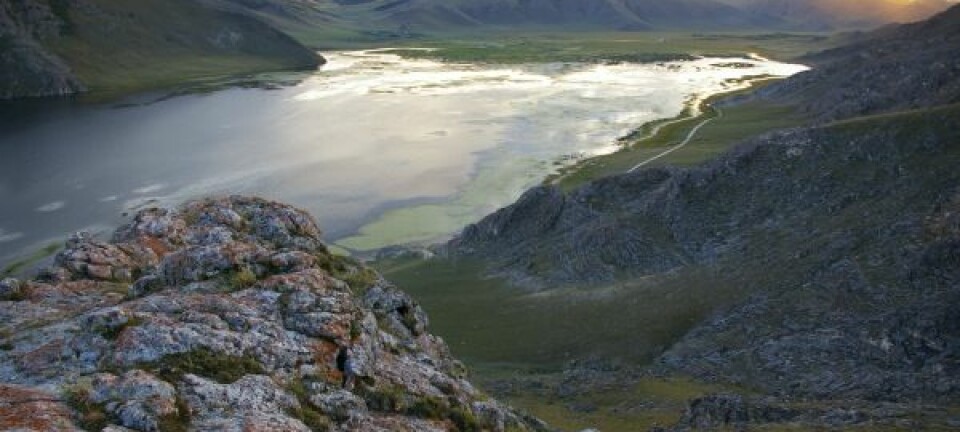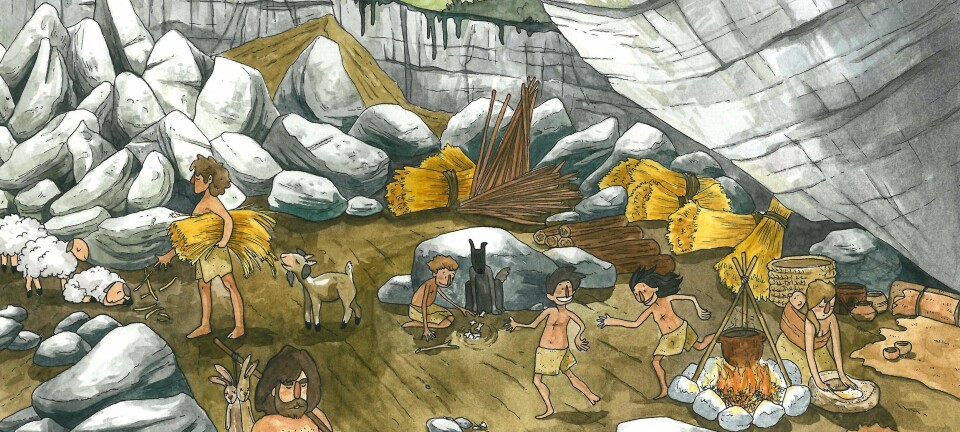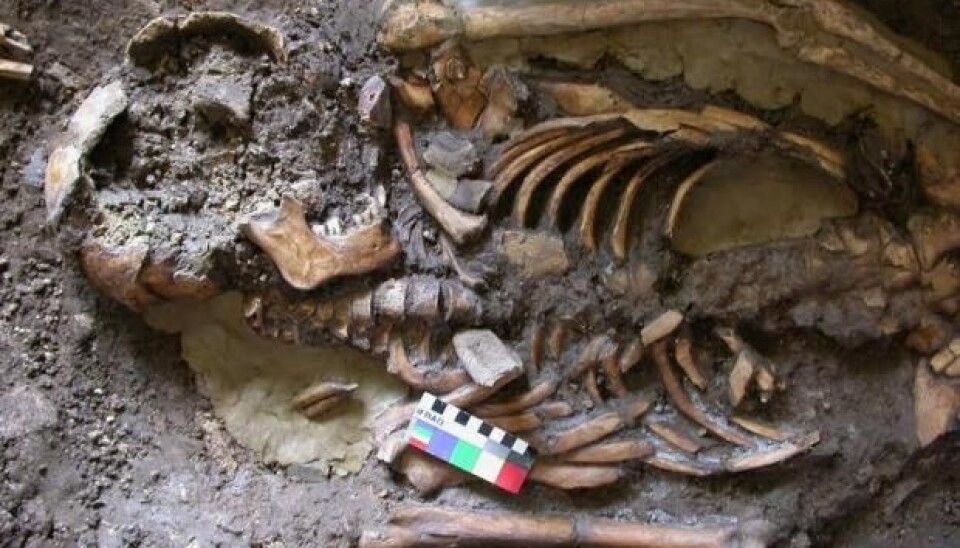
Ice Age hunters reveal new line of European ancestry
Scientists discover a new line of European ancestry in the Caucasus Mountains, which suggest that we are the result of a mixture between four groups.
The remains of three prehistoric hunters, between 9,700 and 13,700 years old, open an unprecedented chapter in Europe's history.
Analysis of DNA from the remains has revealed a completely new line of European ancestry that springs from Ice Age hunters from Georgia whose DNA survives in many Europeans today.
The find is the latest in a series of studies looking at ancient European DNA.
Scientists thought that modern day Europeans were created by a mix of three groups of ancient peoples: indigenous hunter-gatherers, Middle Eastern agriculturalists, and the nomadic Yamnaya from the Caucasus, who arrived in central Europe in the Bronze Age--around 5,000 years ago.
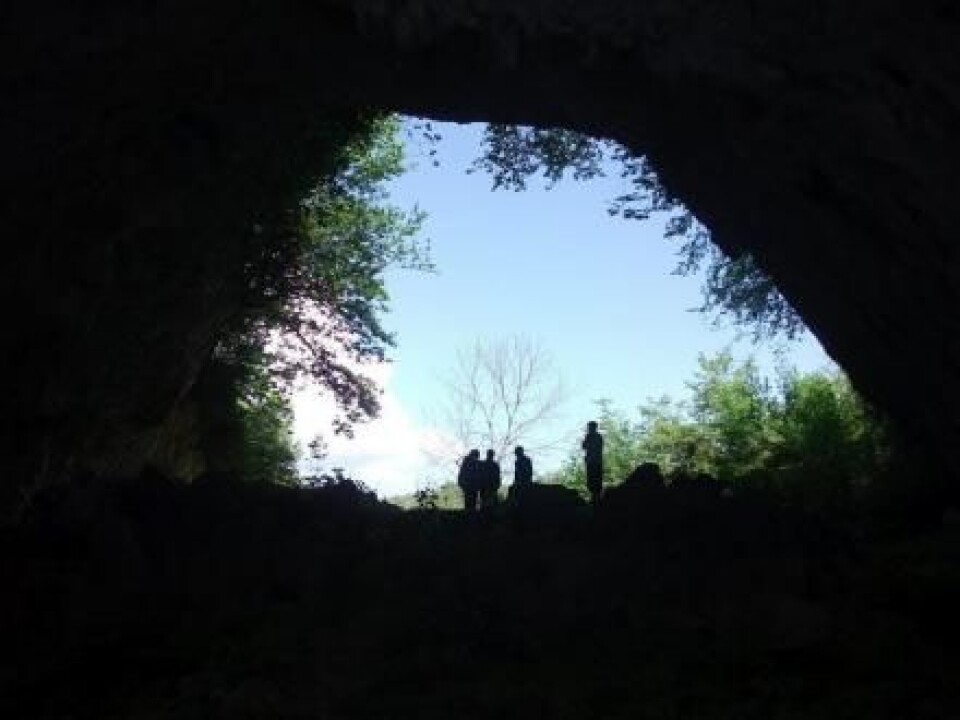
The new study identifies a fourth group who lived in the Caucasus Mountains in Georgia, south of Russia.
"It's a whole new thread that has found its way to us today and affects people from Ireland and all the way to Southeast Asia," says lead-author Professor Daniel Bradley at Trinity College Dublin, Ireland.
"This is the first time we have fossil genetic data from the Caucasus, and it reveals our deep history and where we come from," says co-author Cristina Gamba from the Center for Geogenetics, the Natural History Museum, Copenhagen, Denmark.
The study is published in the scientific journal Nature Communications.
Delving into Danish studies
The discovery follows on from a large study in 2015, in which scientists at the Center for Geogenetics found the "third strain" of European ancestry.
They showed that the gene pool in Northern Europe was rapidly changed around 5,000 years ago, by the arrival of the Yamanya people from the Russian steppes.
The newcomers brought horse carts, metal, and probably Indo-European language--the trunk of the most spoken languages across Europe and India today.
Scientists wanted to know more about this important ancestor--who were the Yamnaya, and where did they come from?
Bradley and colleagues now shed new light on these mysterious ancestors.
They show that about half of Yamnaya genetic material comes from the hunters who lived in what is now Georgia, at the end of the last Ice Age between 13,000 and 14,000 years ago.
"It’s tremendously interesting that the authors identify a similarity between the early hunter-gatherers in the Caucasus by mapping their genetics, and the Bronze Age people from Yamnaya culture, which we published on earlier this year [2015]," writes Associate Professor Morten Allentoft from the Center for Geogenetics, at the University of Copenhagen, Denmark, in an email to ScienceNordic.
Solves the mystery of the Yamnaya
The new discovery takes scientists further back into Europe's family history than they have ever been before, and sheds light on the genetic origins of the Yamanya, which have been a mystery until now.
The new study shows that the Yamnaya tribe descended, in part, from hunter-gatherers who lived near the Caucasus some 5,000 to 8,000 years earlier.
"We got access to map genetic material from these human relics, and it turned out that they contained a very important piece of the puzzle," says Bradley.
"Europeans have an interwoven history of many threads, almost like a blanket, and it’s very difficult to untangle the threads from the people of today,” he says.
“But with ancient DNA we can look back further in time, and look at the individual strands before they’re woven together," he says.
Unusual DNA-rich bones
Many scientists are chasing after genetic material from hunter-gatherer populations that pre-date agriculture, but so far, only a few genomes have been mapped. This is partly because there are few human remains to work with, and because genetic material severely degrades with time.
But thanks to rapid developments in technology and the well preserved samples--kept cool and dry in the caves in which they were buried--Bradley and his team were able to extract an unprecedented amount of the original human DNA--as much as 70 per cent in some cases.
Two of the skeletons were excavated recently in western Georgia. These people died between 9,700 and 13,300 years ago. A third skeleton was from Switzerland--a 13,700 years old hunter-gatherer man.
"We quickly saw the DNA was extremely well preserved," says Bradley. "We managed to map the entire genetic material in very high quality for two of the three genomes, so we can see every single DNA base."
A new culture of hunter-gatherers
By comparing the genetic markers in each of the ancient genomes, they could count the number of differences and decipher the genetic history of our ancestors, after they left Africa between 60,000 and 100,000 years ago.
They found that the ancient Georgians probably reached the Caucasus about 45,000 years ago, and subsequently encountered the hunter-gatherers who colonised Europe about 5,000 years later.
The Georgians continued to exchange genes with neighbouring hunter-gatherers in Asia Minor, who were the ancestors of arable farmers.
About 25,000 years ago--at the height of the last Ice Age--they became isolated, as the ice sheets that covered Europe reached their maximum extent.
Bradley believes that the hunter-gatherers’ first contact with the outside world occurred sometime after the ice retreated, about 14,000 to 15,000 years ago. Although he cannot say exactly when this occurred.
The Yamnaya are descended from this group. In fact, as much as half of their genetic material is derived from these Georgian Ice Age hunters.
A spread of metal and language
Nomadic culture was blooming after the Ice Age waned, and the Georgian genetic thread became deeply woven into European DNA. So much so, that almost all modern Europeans now carry some of their DNA.
These ancient Georgian DNA components are also found in populations in the East, for example in India, which suggests that these ancient people also brought the Indo-European languages with them.
They may even have brought with them the most important invention of the Bronze Age: metal work.
"We can’t say much with any certainty, but it’s possible that they brought along the ability to work with metal--it may be a hint that metallurgy developed in the Caucasus Mountains, and this mixture between the groups from the plains and the mountains spread the technology," says Bradley.
Writing history: it has only just begun
These ancient genomes are in the process of adding new chapters to our story, and each newly mapped genome takes us further back and rewrites the story we thought we knew.
"Yes, because it's such an undiscovered landscape," says Bradley.
----------------
Read the Danish version of this story on Videnskab.dk
Translated by: Catherine Jex
